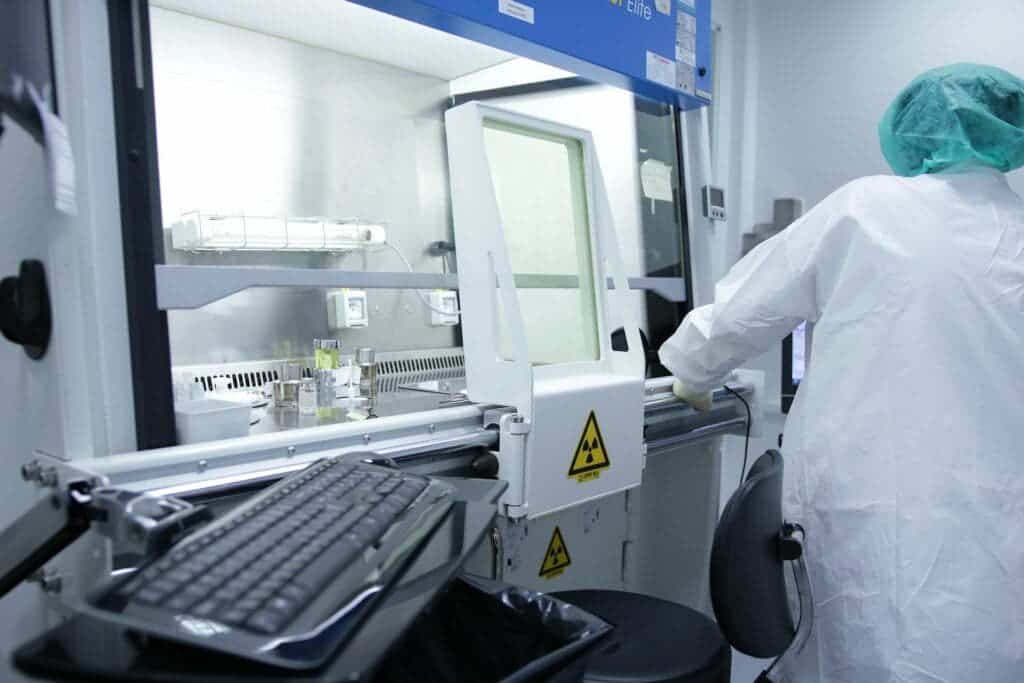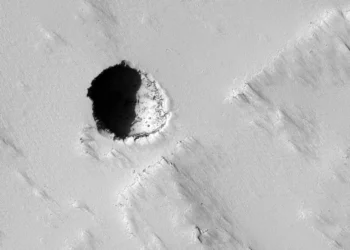New research from the North Carolina State University points to a polymer embedded with bismuth trioxide particles as a possible replacement for today’s toxic radiation shielding materials such as lead.

The material is lightweight, can be manufactured quickly, and is effective at blocking ionizing radiation such as gamma rays. Such properties make it an ideal material for a wide range of applications ranging from medicine to space exploration.
No radiation past this point
“Traditional radiation shielding materials, like lead, are often expensive, heavy and toxic to human health and the environment,” says Ge Yang, an assistant professor of nuclear engineering at NC State and corresponding author of a paper on the work.
“This proof-of-concept study shows that a bismuth trioxide compound could serve as effective radiation shielding, while mitigating the drawbacks associated with traditional shielding materials.”
In the paper, the team details how this material — a “poly (methyl methacrylate) (PMMA) / Bi2O3 composite” — can be produced using a curing method that relies on ultraviolet (UV) light instead of traditional, high-temperature approaches, which are expensive and can take “even days” to perform. The UV method, by contrast, can cure this material in “the order of minutes at room temperature,” Yang explains.
Through their method, the team constructed samples of this polymer that contained up to 44% bismuth trioxide by weight. PMMA itself, which is standard ‘acrylic plastic’ lends optical clarity, abrasion resistance, hardness, and stiffness to the mixture, while the bismuth compound does all of the radiation shielding. It also “improved the micro-hardness to nearly seven times that of the pure PMMA”, the team explains. Microhardness is the hardness of a material as tested with a force of less than one Newton.

Image credits Da Cao, Ge Yang, Mohamed Bourham, Dan Moneghan, (2020), NETech.
Lab tests showed that different concentrations of bismuth oxide provide varying levels of radiation shielding, with the one detailed here (44% weight) offering “excellent mechanical and shielding properties”.
“This is foundational work,” Yang says. “We have determined that the compound is effective at shielding gamma rays, is lightweight, and is strong. We are working to further optimize this technique to get the best performance from the material. We are excited about finding a novel radiation shielding material that works this well, is this light and can be manufactured this quickly.”
For the immediate future, the team wants to continue exploring the properties of the material, including its behavior under different heat levels.
The paper “Gamma radiation shielding properties of poly (methyl methacrylate) / Bi2O3 composites” has been published in the journal Nuclear Engineering and Technology.






